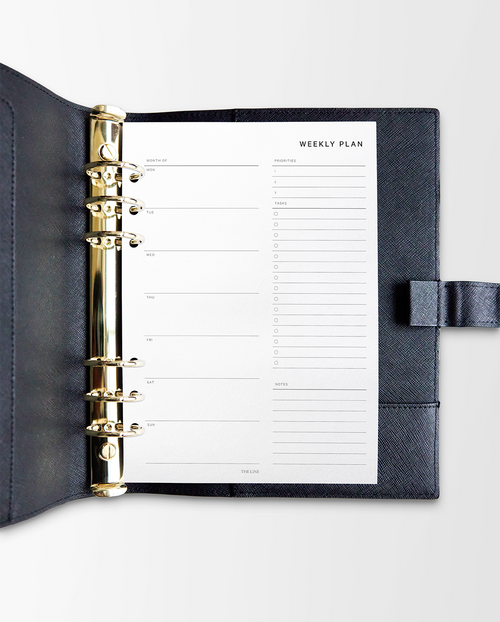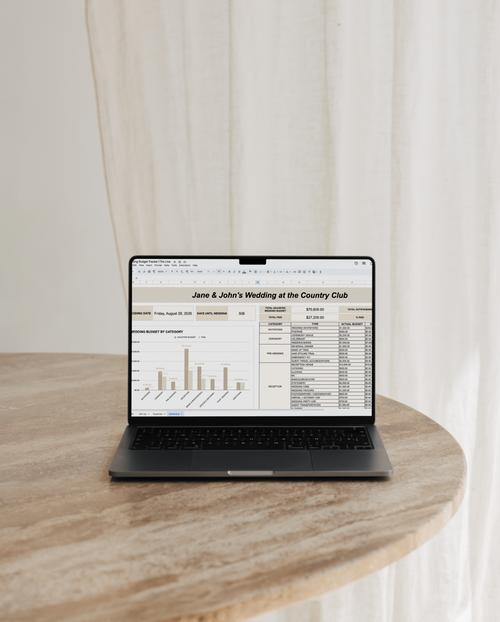What is the cash envelope system?
The cash envelope system is a popular budgeting method that involves using physical envelopes to allocate and manage your spending in different categories. Here's a step-by-step guide on how to start a cash envelope system:
Step 1: Assess Your Finances
Take a close look at your monthly income and fixed expenses (ie. rent, utilities, and debt payments). Determine how much money is left after covering these necessities. This remaining amount will be allocated to variable expenses.
Step 2: Identify Spending Categories
List all your variable spending categories, such as groceries, dining out, entertainment, transportation, and personal care. Be specific and realistic about your habits and needs.
Step 3: Set Budget Limits
Assign a specific budget limit to each spending category based on your assessment of needs and priorities. Ensure that your total budget doesn't exceed your available discretionary income.
Step 4: Gather Supplies
Get your cash envelopes and binder. Make sure each envelope is labelled with a specific spending category.
Step 5: Withdraw Cash
Withdraw the budgeted amount in cash for each category from your bank account. Only take out the total amount you've allocated for discretionary spending.
Step 6: Distribute Cash into Envelopes aka Cash Stuffing
Place the designated amount of cash into each labeled envelope according to your budget categories. This physically represents the money you have available for each spending area. This is also what is known as cash stuffing.
Step 7: Use Cash for Expenses
Throughout the month, use the cash from the respective envelopes for the specified categories. Once an envelope is empty, you've reached your spending limit for that category until the next budgeting period.
Step 8: Track Spending
Keep track of your expenditures to ensure you stay within your budget. You can use a simple notebook, a budgeting app, or a budget spreadsheet to record your spending in each category.
Step 9: Adjust as Needed
If you find that you consistently run out of cash in certain categories or have extra money left over, adjust your budget accordingly for the next month. The cash envelope system allows for flexibility and adaptation.
Step 10: Review and Reflect
At the end of each month, review your spending and assess how well you stuck to your budget. Reflect on what worked and what didn't, and make adjustments for the upcoming month as needed.
By following these steps, you'll have a structured and tangible way to manage your discretionary spending, helping you stay on track with your financial goals.


